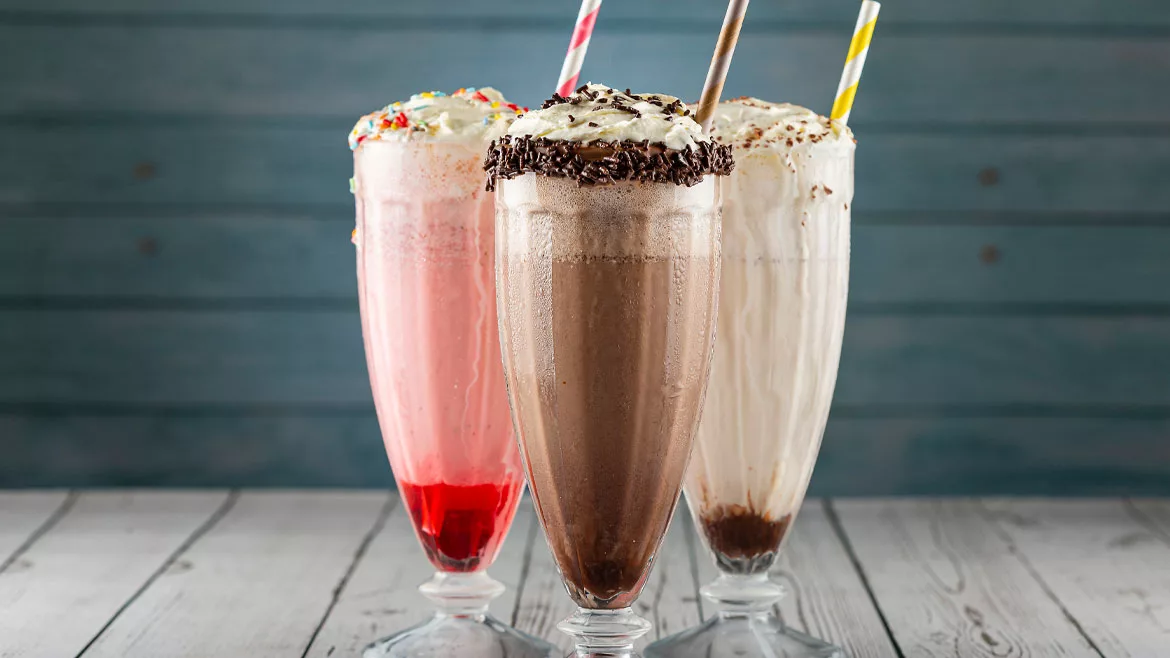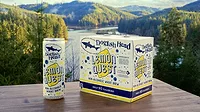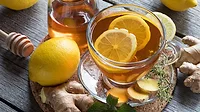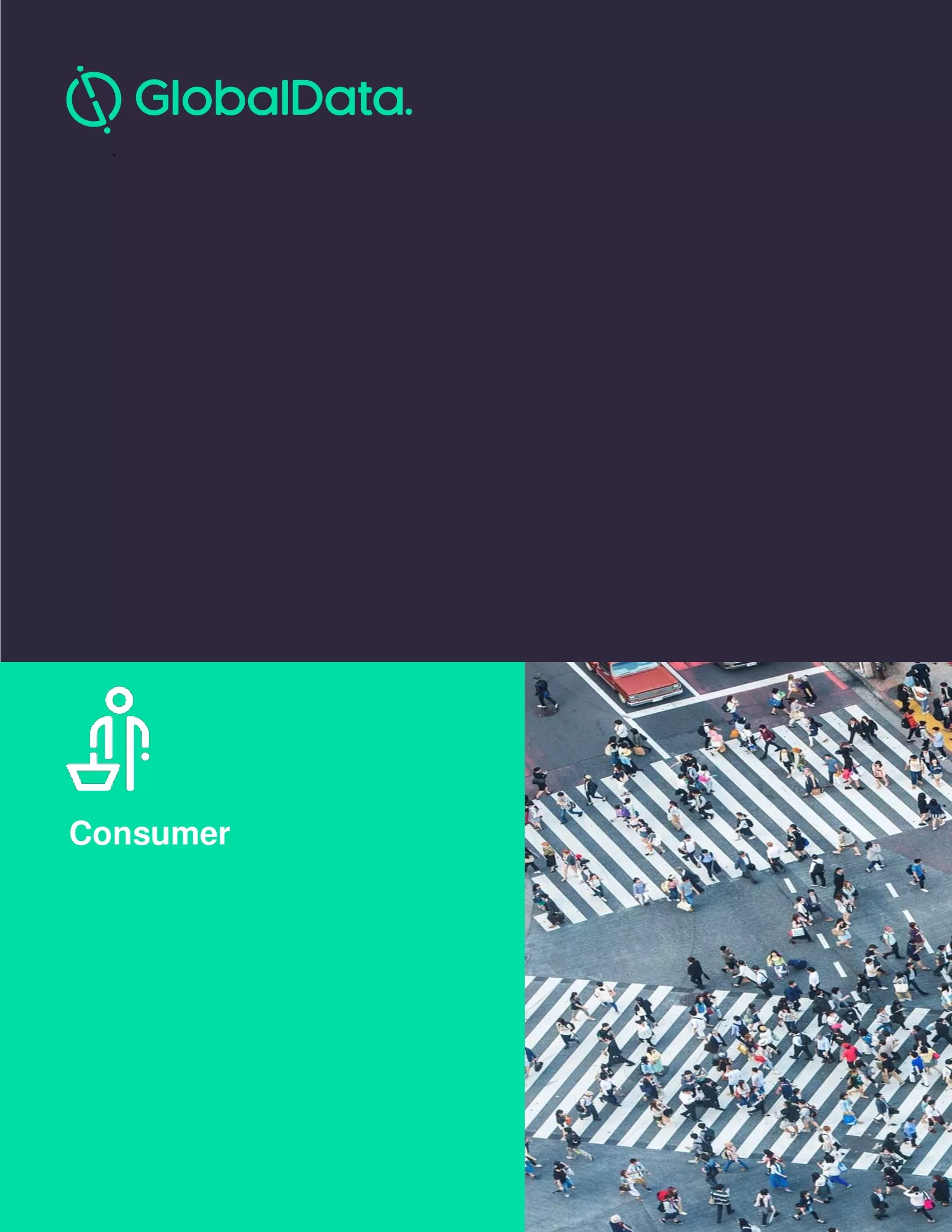Color a key association for taste with consumers
More beverage-makers turning to natural colors for new products
Color symbolism can take on many different meanings in different cultures or even within the same culture. For instance, the color red can be tied with romance, resulting from its association with Valentine’s Day; however, it also can take on a much more urgent connotation as a warning symbol, such as with stop signs or emergency exit signs. Although color usage within beverages might not have the same life-altering effects of these examples, the concepts that beverage-makers employ still can evoke a strong response from consumers.
“Color is the first attribute consumers consider when evaluating a product,” says Olivier Cima, director of sweet markets for Diana Naturals, a division of Symrise AG, Holzminden, Germany. “Color drives the interest for buying a product for the first time. Taste will then play the major role in consumers buying the product again. It is also known from several ad hoc consumer studies that colors can change the perception of taste.
“As an example, a standard lemon-flavored carbonate drink proposed in various color options — yellow, red or green — will offer as many taste perceptions to consumers in terms of fruity, sour or sweet notes,” he continues. “Considering the two above points, beverage manufacturers look for vibrant and appealing colors, consistent with the product flavor.”
Jeff Greaves, president of Food Ingredient Solutions (FIS), Teterboro, N.J., adds that beverage-makers are looking for a full range of colors with as many variances as possible. “They don’t [just] want red, they want a tropical red, a cherry red, a strawberry red, a raspberry red, so when they do a line extension, they can have all the different shades in order to have another flavor, because if the shades look the same, they’re not differentiated as products,” he says.
A cue from nature
Although beverage-makers understand the importance of color association with their products, the avenue in which they obtain those colors has seen a shift in recent years.
“The trend of clean labeling has become increasingly more important to consumers,” says Tracy Takeda, pro-duct development technologist for San Joaquin Valley Concentrates (SJVC), Fresno, Calif. “Cleanlabelinsights.com reports that in the U.S. 58 percent of U.S. consumers usually or always read the ingredient list. Consumers are being more attentive to labels and are paying more attention to what they are eating and drinking.”
This growing label-reading interest from consumers has been a contributing factor to the growth of natural colors, experts note.
“The No. 1 request is for natural color solutions,” says David Rigg, director of marketing for Sensient Colors – U.S. Food, St. Louis. “Beverage-makers are looking to appeal to consumers who are increasingly seeking beverages with simpler ingredients from natural sources. Related to the desire for natural sources of color, we are seeing a big increase in requests for custom or specific shades using natural color solutions.”
Byron Madkins, senior director of product develop-ment and applications for Milwaukee-based Chr. Hansen Inc., also emphasizes the impact that consumer demand has had on the natural colors market. “More and more, consumers prefer foods which have fewer to no artificial or synthetic ingredients present,” he says. “This includes the preference for food colorings which are naturally derived, such as fruit and vegetable juices or beta carotene, for example. This allows for a cleaner ingredient label for the finished beverage.”
Jody Renner-Nantz, senior application scientist for Louisville, Ky.-based D.D. Williamson (DDW), notes that consumers also are seeking more fruits and vegetables in their beverages, which is complementary to the usage of natural color sources. “Developers use anthocyanin-based colorings, which may be labeled on the ingredient statement as ‘fruit juice for color’ or ‘vegetable juice for color,’” she says. “Fruit sources include grape, elderberry, chokeberry (aronia), blackcurrant and hibiscus. Vegetable sources include purple (black) carrot, purple sweet potato, red radish and red cabbage.”
Christian Benetka Uher, head of BU colors for Doehler Group, Darmstadt, Germany, explains that “naturalness” has been a driving force in a number of markets, including North America, Europe, Japan and even BRIC economies. Because of the trends toward natural products, many new product launches are turning to natural ingredients, he adds. “Many manufacturers add value to their products using natural ingredients such as natural colors,” Uher says, citing Doehler market research. “Thus, around 26,000 new foods and beverages with natural colors were introduced to the global market in 2013.”
Formulating success
Although natural colors have increased in usage, they are not without their own sets of challenges. “When formulating with natural colors, beverage-makers must consider pH, vitamin or mineral content, or other components in the base product for potential interactions,” DDW’s Renner-Nantz says. “Most naturally derived colors, including anthocyanins and carotenoids, perform well at a pH less than 3.5. However, in the presence of ascorbic acid, anthocyanins degrade, while carotenoids exhibit increased stability.”
Taking into account the stability issues with ascorbic acid and antho-cyanins, DDW has developed a proprietary blend of anthocyanins that exhibit increased stability when in the presence of ascorbic acid, she adds.
Chr. Hansen’s Madkins explains that in addition to emulsification technologies, color suppliers are using new technologies such as co-pigmentation and microencapsulation to stabilize applications. Beverage-makers also are seeing the benefit of more sources from which they can derive natural colors. “New sources which are commercially available allow for new shades and building blocks,” he says. “These include new sources of natural beta carotene, which can provide yellow to orange shades. Chr. Hansen has also developed a new stable red based upon a unique vegetable source.”
Madkins adds that Chr. Hansen has developed a number of new products that support the beverage market. Its Ultra Stable Red portfolio consists of a range of natural colors based on anthocyanin blends combined with stabilizing technologies, he notes.
“The range has been developed for beverage applications and offers 30-40 percent better light stability than standard anthocyanin products currently on the market,” Madkins says. “The range also allows for a more direct shade replacement for FD&C Red 40, as the shades provided are closer to the yellowish-red hue.”
SJVC also has been working to develop more stable natural colors. “SJVC has addressed the issue of color stability with their natural colors made from Rubired grape,” Takeda says. “The hybrid varietal was developed by [the University of California, Davis] (UC Davis) and was designed specifically for color. The Rubired anthocyanin has a unique molecular structure that provides protection against oxidation, polymerization and color degradation in conditions of heat and light stress.”
To achieve “warm orange,” “sunny yellow” and “soft yellow” colors in clear beverages, Doehler developed its new range of Crystal Clear Colours 2.0. “The shining, brilliant color tones of Crystal Clear Colours 2.0 are based on purely natural coloring principles such as paprika extract, beta carotene or lutein and are furthermore characterized by an outstanding stability in the end product throughout the entire shelf life,” Uher says.
Additionally, more natural sources are being approved for use in food and beverages, experts note. DDW’s Renner-Nantz says that the approval of spirulina for use as a natural color has broadened the blue, purple and green portfolios for select applications.
Although much has been done to improve the natural colors market, some challenges still remain. “A bright yellow color in ready-to-drink (RTD) beverages is still a challenge in the U.S., as safflower extract is not yet permitted — it is allowed in Europe and Asia,” Diana’s Cima says. “However, there is ongoing work to hopefully get it approved soon. Natural blue in RTD beverages is another difficult one, but it is not used so often.”
Its own class
Although beverage-makers can debate whether to use natural or artificial colors for their beverage formulations, the use of caramel coloring tends to fall within a class of its own. “It must be stated that caramel color is not considered either ‘natural’ or ‘synthetic,’” says Brian Sethness, senior account executive for Sethness Caramel Color, Skokie, Ill. “It has its own standard of identity in the Code of Federal Regulations. It is a single ingredient simply called caramel color.”
Caramel color has received mainstream media attention since a 2007 study by the National Toxicology Program (NTP) was published relating to 4-methylimidazole (4-MEI). The chemical compound is not directly added to foods and beverages; however, it is formed as a byproduct in some foods and beverages during the normal cooking process, according to the U.S. Food and Drug Administration (FDA).
In a two-year NTP study on rats, inconclusive evidence was found relating carcinogenicity to Class III and Class IV caramel colors; however, a two-year study on mice showed an increased incidence of certain lung tumors, according to the FDA. Both studies featured levels of 4-MEI that far exceed current estimates of human exposure to 4-MEI, the FDA adds.
Nevertheless, color suppliers have been active in their development of products that can serve as an alternative to the traditional Class III and Class IV caramel colors. “Sethness has been developing lower 4-MEI caramel colors for numerous years,” Brian Sethness says. “That development was not undertaken in response to the release of the NTP study. Many of our largest beverage customers had started purchasing from our low 4-MEI portfolio. We have always stated that caramel colors have been safely used for over 100 years and are the most widely used food coloring in the world. Caramel colors also have been listed as [generally recognized as safe] (GRAS) by the U.S. Food and Drug Administration.”
Those innovations include Class IV low 4-MEI liquid caramel colors for the beverage industry as well as RTL4 (red tones), LF363 and DSL4 for this segment of caramel colors, he adds.
Brian Sethness adds that Class I caramel colors are the fastest segment of caramel colors because they are minimally processed and carry the European designation of E150a. However, this class is not without its challenges for beverage-makers to consider. “Class I products are typically weaker in color strength than Class lll and Class lV caramels,” he says. “This means that more caramel color is needed to reach the required color for the customer’s product. When increasing the amount of caramel color used, the taste of the caramel color can become an issue. We have developed mild-tasting Class I products to reduce the taste problems.”
Also adding an alternative to the mix, Sensient has developed a natural brown solution. “It is a great alternative to using caramel [coloring] from both a shade range and consumer-preferred label perspective,” Rigg says.
Artificially relevant
Despite all the attention that natural colors have gained, artificial colors still are a relevant source for beverage manufacturers.
“We have seen a decline in new product launches using artificial colors; however, beverage brand owners have been conservative when it comes to converting established product formulations over to natural color sources,” says David Rigg, director of marketing for Sensient Colors – U.S. Food, St. Louis. “So, the net effect has been that the natural color market is growing much more quickly, but the demand for artificial color is pretty stable.”
Although the European Union, Russia and several countries in the Middle East have some form of regulation pertaining to artificial colors, many countries do not, which has impacted the artificial color market. “Artificial colors are still widely used in the countries where the switch to natural is not yet completed, including the U.S.,” says Olivier Cima, director of sweet markets for Diana Food, a division of Symrise AG, Holzminden, Germany. “They are also widely used in large countries like China and India and in most developing countries.”
Cima adds that the demand for artificial colors has been relatively flat the past few years and is moving toward a decrease. However, Jody Renner-Nantz, senior application scientist for Louisville, Ky.-based D.D. Williamson (DDW)says that artificial colors still remain a more economical option on a cost per coloring unit basis than most natural alternatives.
Looking for a reprint of this article?
From high-res PDFs to custom plaques, order your copy today!






